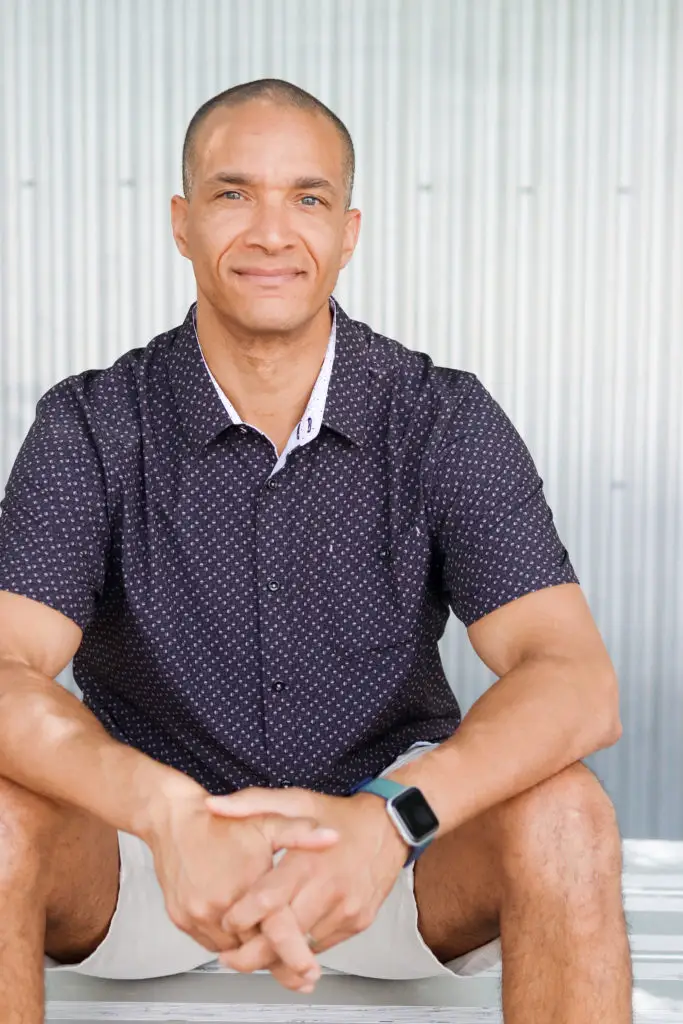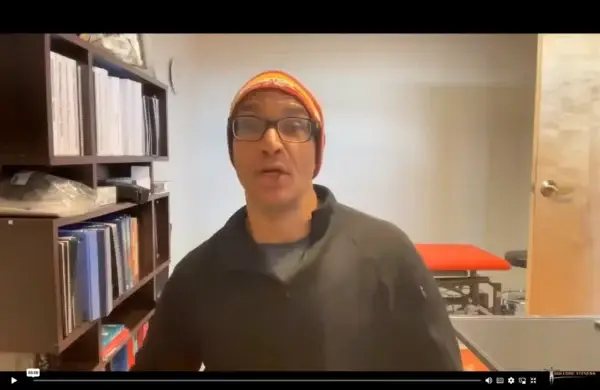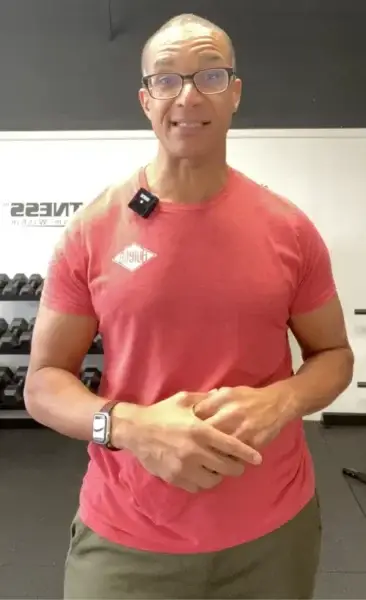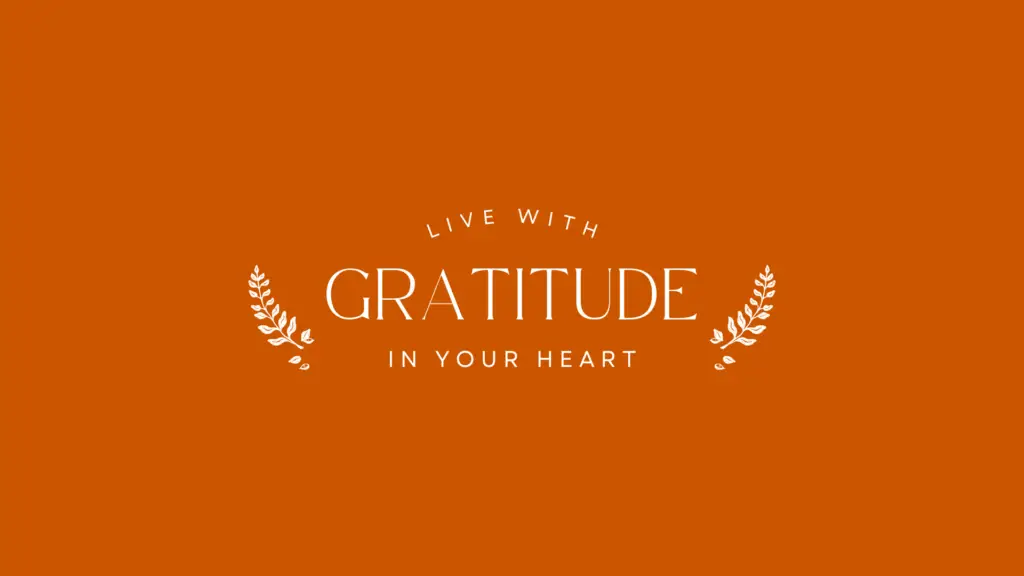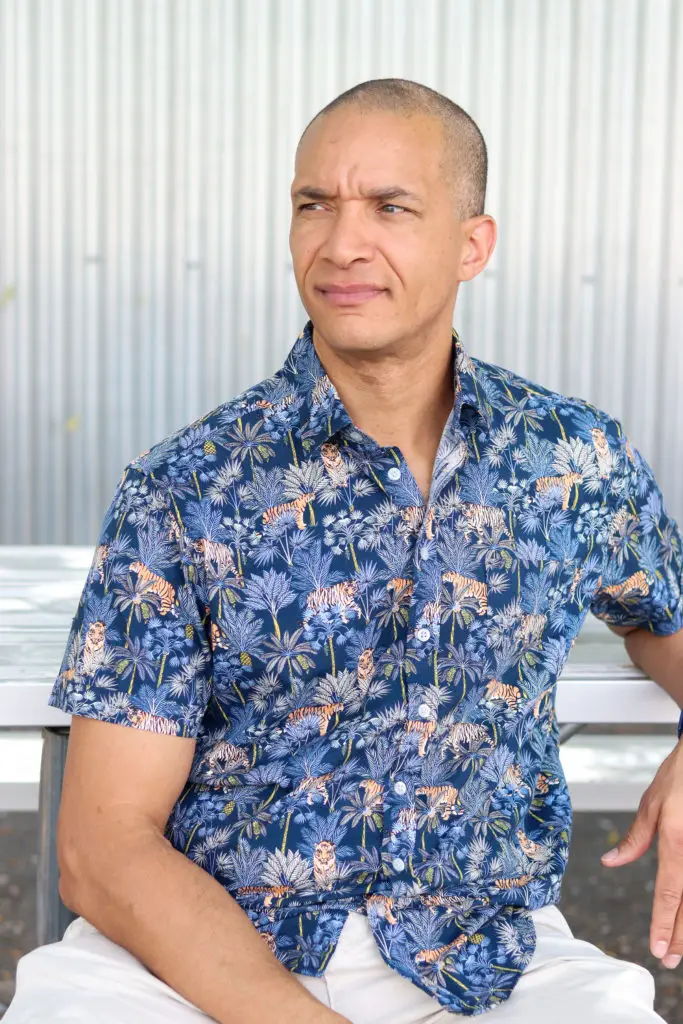
The end of the year is one of those rare times when almost everyone pauses to look both back and forward reviewing where they’ve been while eyeing where they want to go next.
But when you look over your shoulder, what do you see? Frustration and disappointment? Or pride in all you managed to move forward? Remember, none of this is about accusations or guilt. These questions are here only to sharpen your determination and your focus for the future.
Maybe last year didn’t bring you as close to your health, movement, or mindset goals as you’d hoped. If so, this is the perfect moment to reset, realign, and chart a new course. Or maybe you did have a year of progress either way, reflecting is how you steer toward an even better path.
See the Wins, See the Lessons
- If you fell short of some big vision: Use this time not for regret, but to think about what you want to shift next. Where did plans slip, and what can you set up differently now?
- If you made progress: Celebrate! Identify what worked, what lit you up, and what you want more of—and then build on it layer by layer.
- Above all: Don’t use reflection as a reason to beat yourself up. Victories and stumbles are both data—they’re not identifiers, just feedback.
The Breakthrough Mindset
There are no failures—only lessons.
Victories show you what works for you. Setbacks show you where your system or support needs an upgrade. Both move you forward, as long as you’re willing to learn and adapt.
Ask yourself:
- Where do I want to be in twelve months?
- What one or two shifts would make it almost certain I’ll get there?
- What lessons did this year hand me—about movement, self-care, or mindset—that I didn’t even realize at the time?
Carry Progress Forward, Guilt-Free
True reflection is about clarity, not self-criticism.
- Acknowledge the real wins—however small.
- Own the choices that didn’t serve you, without blame.
- Extract the wisdom—then move on, better equipped.
Focus on what you can control next, not on what’s long gone.
Use this time to set your intention for the coming year—or simply for the next season. Write it down, make it real, and let your focus shift from past stumbles to future wins. Take strength from every experience, and put it to use.
If moving forward in your health or fitness journey is part of that next chapter for you, remember you don’t have to figure it all out by yourself. The [OSTEOPATHIC EXERCISE AND THERAPY TECHNIQUES] we teach are designed to help you get out of pain, move better, and stay strong and mobile for years to come. When you’re ready to turn reflection into action, let’s team up for a fresh start.
It’s not just working out, it’s building a foundation for a better life.
Find out more @


